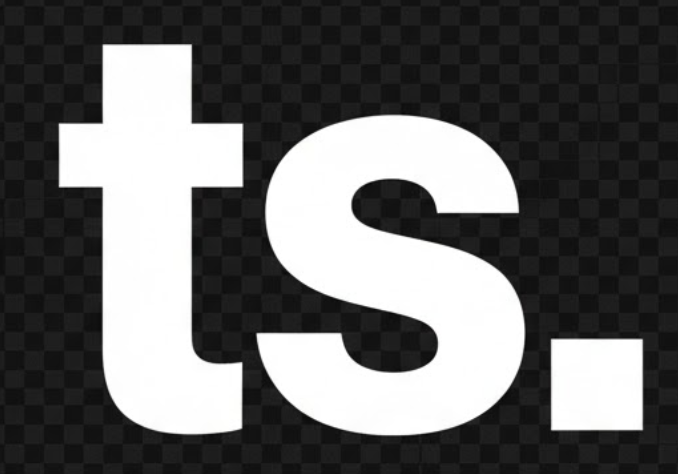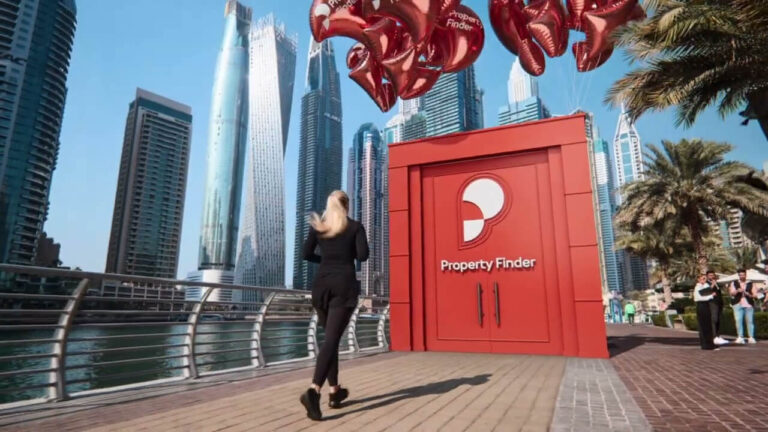When Biban 2025 opens in Riyadh on November 5, it will arrive with more at stake than any of its previous editions. The event has become the Kingdom’s flagship for entrepreneurship, and this year it carries a bigger question: can Saudi Arabia’s startup ecosystem finally stand on its own?
The four-day forum, organized by the Small and Medium Enterprises General Authority (Monsha’at), will bring together investors, founders, and policymakers at the Riyadh Front Exhibition & Conference Center. Monsha’at says it will feature over 10,000 investment opportunities, 45 financing entities, and more than 100 global franchise brands, positioning it as one of the largest entrepreneurship gatherings in the region.
Those numbers sound impressive. But what they represent is more important. Saudi Arabia’s startup drive is moving from the policy phase to the performance phase — a shift from Vision 2030’s promise to its proof.
In TechScoop’s previous coverage, the last Biban forum drew around 140,000 visitors and facilitated $5.8 billion in startup deals. Those figures reflected a surge of enthusiasm and capital, much of it driven by the government’s effort to create a private-sector engine from the ground up. What happens this year will show whether that momentum can turn into self-sustaining growth.
Saudi Arabia now counts more than 1.3 million SMEs, according to Monsha’at’s Q4 2024 report, a 3 percent increase from the previous quarter. Together, SMEs contribute roughly 33 percent of GDP, a steady climb from under 20 percent when Vision 2030 was launched. The government’s target is 35 percent by 2030, and that means moving from grant-led creation to scalable, export-ready enterprise.
Public support remains the scaffolding. The Public Investment Fund (PIF), the Saudi Venture Capital Company (SVC), and Monsha’at’s own financing initiatives have built the runway. Credit to small and medium businesses reached SAR 329 billion ($88 billion) in 2024, up 22 percent year-on-year, according to Saudi Central Bank (SAMA). Yet it still accounts for just over 9 percent of total bank lending, short of the 20 percent target regulators set for 2030.
Investor sentiment, however, is shifting. According to MAGNiTT, Saudi startups raised $2.7 billion in early 2025, more than any other market in the MENA region. Venture capital is starting to move from hype to diligence, with investors demanding traction, governance, and sustainable revenue before writing the next check.
Monsha’at Governor Sami bin Ibrahim Alhussaini put it plainly ahead of the forum: “Biban is more than an event — it’s where ideas become enterprises and entrepreneurs turn ambition into action.” That ambition will be tested this year.
The “Opportunity Zone” at Biban will connect founders directly with funding institutions, while the “Franchise Door” will feature international brands seeking local partners. These initiatives are designed to bridge policy with private initiative — the place where Vision 2030 either takes flight or stalls.
If Biban 2025 delivers genuine deal flow and post-event traction, it will signal that Saudi Arabia’s startup economy is maturing beyond state support. If it turns into another round of pledges and press conferences, the gap between ambition and autonomy will remain visible.
For a country re-engineering its economy in real time, Biban is more than a forum. It is a mirror. It will show how close Saudi Arabia is to building a private sector that can grow without needing government applause to prove it exists.




Will Riyadh’s Biban 2025 turn ambition into execution?